BLOG
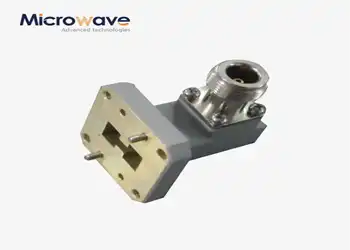
What Are the Key Benefits of Using a Double Ridged Waveguide To Coaxial Adapter?
July 11, 2025
In the rapidly evolving landscape of microwave technology, seamless signal transmission between different transmission line types has become paramount for achieving optimal system performance. The Double Ridged Waveguide To Coaxial Adapter emerges as a critical component that bridges the gap between waveguide systems and coaxial cables, offering unparalleled efficiency in signal conversion. This innovative adapter design incorporates double ridges within the waveguide structure, significantly enhancing bandwidth capabilities while maintaining exceptional signal integrity. These adapters are engineered to handle high-frequency applications ranging from satellite communications to aerospace radar systems, where precision and reliability are non-negotiable. Understanding the comprehensive benefits of implementing a Double Ridged Waveguide To Coaxial Adapter in your microwave systems can dramatically impact performance outcomes and operational efficiency.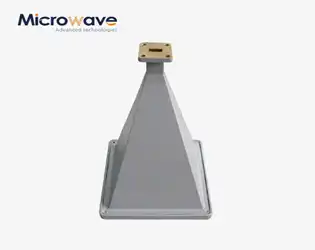
How Does a Pyramid Horn Lens Antenna Enhance Signal Transmission?
July 11, 2025
In the rapidly evolving landscape of microwave communication systems, the Pyramid Horn Lens Antenna stands as a testament to engineering excellence, delivering exceptional signal transmission capabilities that surpass conventional antenna designs. This sophisticated antenna technology combines the proven effectiveness of pyramidal horn structures with advanced lens integration, creating a powerful solution that addresses the most demanding requirements in satellite communications, defense applications, and aerospace systems. Understanding how this innovative antenna enhances signal transmission is crucial for professionals seeking optimal performance in high-frequency applications where signal integrity and reliability are paramount.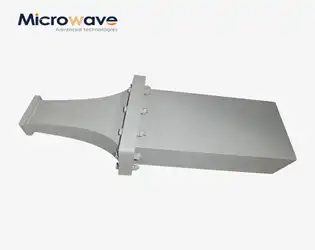
How Do Wide Frequency Range WG Terminations Meet Diverse Industry Needs?
July 11, 2025
In today's rapidly evolving technological landscape, the demand for sophisticated microwave components that can handle diverse frequency ranges has never been greater. The global waveguide terminations market is experiencing significant growth, with applications spanning from low-power laboratory uses to high-intensity industrial applications. Wide frequency range waveguide terminations represent a critical solution for industries requiring reliable signal management across multiple frequency bands, from traditional communication systems to cutting-edge 5G and future 6G technologies. Wide frequency range Waveguide Termination systems serve as essential components in modern RF and microwave applications by providing optimal signal absorption and minimal reflection across extensive frequency spectrums. These sophisticated devices address the growing industry need for versatile, high-performance termination solutions that can seamlessly integrate into diverse applications while maintaining exceptional electrical performance standards. The ability to support frequencies from DC to 110 GHz makes these terminations indispensable for satellite communications, radar systems, aerospace applications, and defense technologies where signal integrity and system reliability are paramount requirements.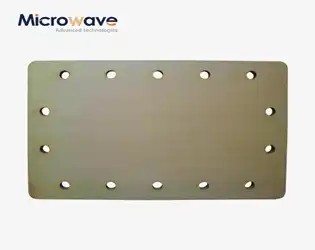
What Role Does the Waveguide Short Plate Play in Ensuring Superior Signal Transmission?
July 11, 2025
In the intricate world of microwave technology, where precision meets performance, the Waveguide Short Plate stands as a fundamental component that ensures optimal signal transmission across various high-frequency applications. This critical microwave component serves as the backbone of waveguide systems, functioning to terminate, block, or redirect signals with exceptional efficiency. From satellite communications spanning vast distances to defense radar systems requiring pinpoint accuracy, the Waveguide Short Plate's role cannot be overstated in maintaining signal integrity and system reliability. The Waveguide Short Plate serves as a high-reflection termination device that creates a near-perfect short circuit within waveguide systems, effectively preventing signal leakage and maintaining optimal power transfer efficiency. Operating across frequency ranges from 1.72 GHz to 110 GHz in 18 different waveguide bands, these precision-engineered components deliver superior VSWR performance of 60:1 minimum, ensuring maximum signal reflection and minimal insertion loss. Available in multiple waveguide sizes from WR-10 to WR-430 with UG square/round cover and CPR-style flanges, the Waveguide Short Plate provides versatile integration capabilities for diverse microwave applications across telecommunications, aerospace, defense, and satellite communication industries.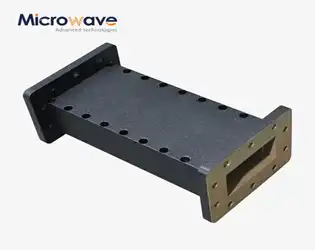
What Are the Key Benefits of Using Waveguide Low Pass Filters in Radar Systems?
July 11, 2025
In the complex landscape of radar technology, signal integrity and performance optimization remain paramount concerns for engineers and system designers. Waveguide Low Pass Filters serve as critical components that ensure radar systems operate at peak efficiency by selectively allowing desired frequencies to pass while effectively blocking unwanted high-frequency interference and harmonics. These sophisticated filtering solutions address fundamental challenges in radar applications, including spurious signal suppression, harmonic distortion reduction, and overall system performance enhancement. Advanced Microwave Technologies Co., Ltd has developed cutting-edge Waveguide Low Pass Filter solutions that meet the stringent requirements of modern radar systems across various frequency bands including C, X, Ku, and Ka bands.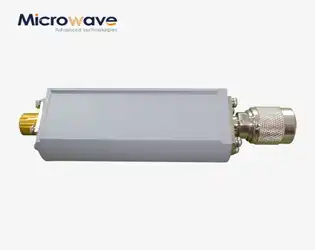
What Are the Key Features of a High-Performance Coaxial Detector?
July 10, 2025
In today's rapidly evolving microwave and RF industry, the demand for precision signal detection and measurement has never been higher. A high-performance Coaxial Detector represents the cornerstone of reliable signal processing across multiple applications, from satellite communications to defense systems. These sophisticated devices convert high-frequency signals into measurable DC or low-frequency outputs, enabling accurate power measurements and signal monitoring in critical applications. Understanding the key features that define exceptional coaxial detector performance is essential for engineers and system designers who require optimal signal integrity, minimal distortion, and reliable operation across demanding environments. This comprehensive analysis explores the fundamental characteristics that distinguish superior coaxial detectors from standard alternatives.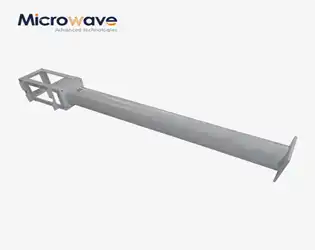
How Does the MMDS Transmitting Antenna Enhance Signal Quality and Coverage?
July 10, 2025
In the rapidly evolving world of wireless communications, the Multi-channel Multipoint Distribution Service (MMDS) has emerged as a critical technology for delivering high-quality signals across vast geographical areas. The MMDS Transmitting Antenna stands at the heart of this technology, serving as the fundamental component that determines the success of signal transmission and reception. These sophisticated antennas have revolutionized how telecommunications providers deliver services to both urban and rural communities, offering unprecedented coverage capabilities while maintaining exceptional signal quality. Understanding how MMDS Transmitting Antennas enhance signal quality and coverage is essential for telecommunications professionals, system integrators, and organizations seeking reliable wireless communication solutions for their operations.
What Sets the Double Ridged Waveguide To Coaxial Adapter Apart in the Defense Industry?
July 10, 2025
In today's rapidly evolving defense landscape, the demand for reliable, high-performance microwave components has never been more critical. The Double Ridged Waveguide To Coaxial Adapter stands as a cornerstone technology that bridges the gap between waveguide systems and coaxial networks, delivering exceptional performance in defense applications where precision and reliability are non-negotiable. What truly distinguishes this adapter in the defense industry is its unique combination of wide frequency bandwidth, low signal loss, and robust construction designed to withstand the most demanding operational environments. Advanced Microwave Technologies Co., Ltd has engineered these adapters to meet the stringent requirements of modern defense systems, offering solutions that excel in radar applications, military communications, electronic warfare systems, and surveillance technologies. The adapter's ability to maintain signal integrity across extended frequency ranges while providing seamless integration capabilities makes it an indispensable component in contemporary defense infrastructure.




